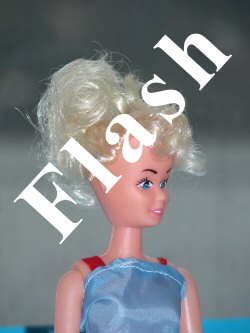
Syncro Sunlight Flash
This is when flash is mixed with ambient light in bright sunlight to reduce unpleasant and harsh shadows of bright sun or else to lighten a subject so they match the background out through a window etc.
Digital cameras do this very well and could be said to be fool-proof if perhaps a little generous in the amount of light they put onto the subject at close distances.
One may also want to reduce or use directional flash away from the camera to perhaps simulate sunlight etc. To do this one needs to remember the basic premise of the shutter controlling the ambient light and the aperture controlling the flash, except for flash units with controlled output., This can make working with older SLRs rather tricky due to the limited range of shutter speeds at which they will sync with flash. Digital [not DSLRs] and Compur type shutters sync at all speeds so do not have this problem. DSLRs which use focal plane shutters are the exception. Guide Number to determine aperture The Guide Number can be found by checking the gun when set at 100 ISO as to the recommended aperture to use when the subject is at ten feet, or three metres on the metric scale. Most of the smaller and older flashguns will tell you to use f5.6 or f/8 at 10ft with 100 ASA film. This means your flash on manual has a guide number of 56 or 80 To work out the f/stop to use with flash-to-subject distances different from 10ft you divide the distance in feet[metres] into the guide number and Hey Presto you have you f/stop. If the Guide Number is smaller like 17 <51 then it is a metric number and the distance should be in metres. ie. 17/3 = f/5.66 with GN56 at 15ft = f/4 --- GN80=f/5.6 with GN56 at 10ft = f/5.6 --- GN80=f/8 with GN56 at 7'6" = f/8 --- GN80=f/11 with GN56 at 5ft = f/11 --- GN80=f/16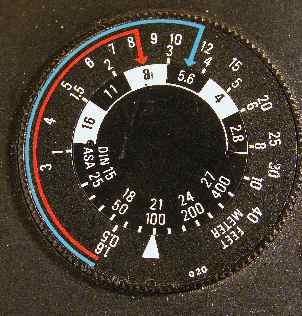
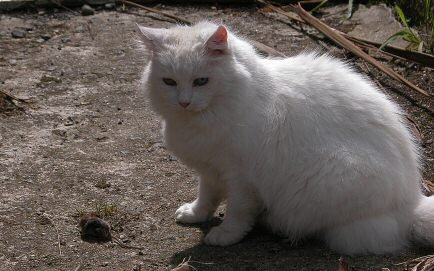
If you just want to use the flash to fill in the heavy shadows on a sunny day then a rule of thumb is to change the 56 into 80 [a minus one stop difference as if you were closing the diaphragm] and do the same calculations
. Taking a close-up at five feet you would set the aperture to f/16 instead of f/11."Run! I'm not looking...." says Smudge [to the mouse]
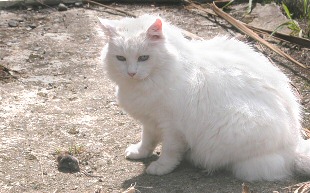
A one stop difference for a fill light may be too bright for your liking so you should try a two stop adjustment with the 56 guide number becoming 110.
All this is the old fashioned way of working things out before modern automation came in to help us with TTL metering et.al.
But if the TTL metering is going to work properly you need to balance the flash with the ambient light. If you can do it with your camera this is a camera setting. If this has to be re-set for each shot then it is probably easier to work manually, and utilise the automatic function of the flash gun.
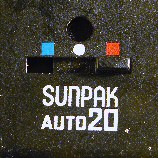
With the flash in auto you can set the flash to a faster ISO speed to reduce the power of the flash relative to the ambient light. Studio units have brightness settings.
Sunpack made it easy with this gun and setting the switch to Red means you set the aperture to f/8 and can work between 8ft and 18 inches. Blue and you use f/5.6 between 10ft and 18 inches. In each case the flashgun measures the returning light and controls it's output. Centre White position is manual working to GN56